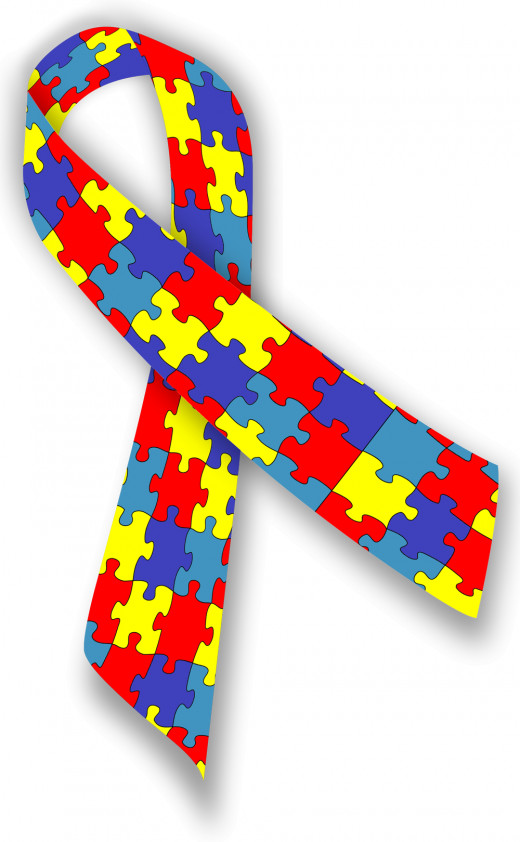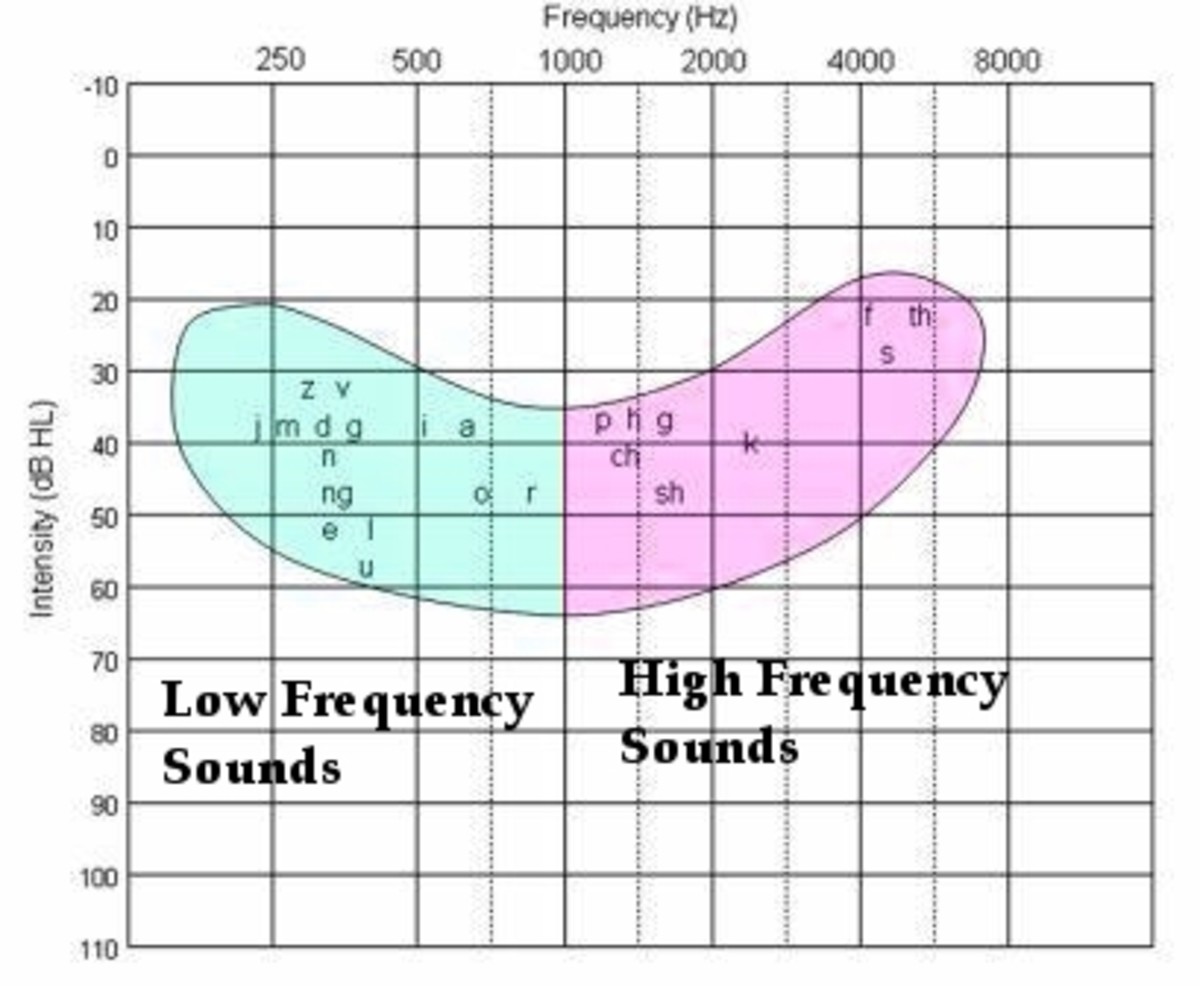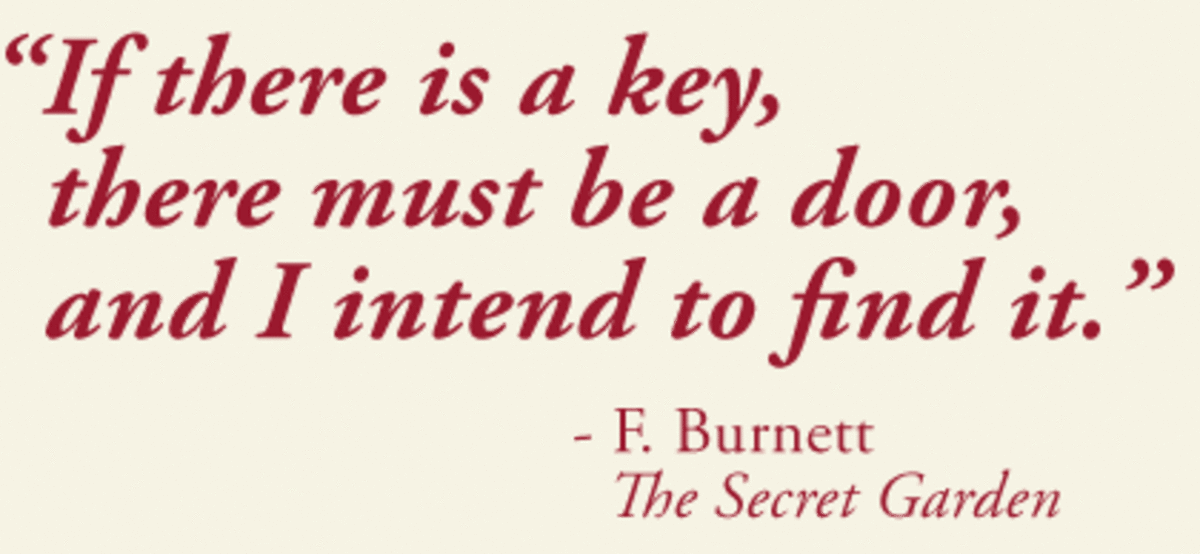The Characteristics and Challenges of Autism
To a person with autism the world can feel like a mass of people, sights, sounds and events that are difficult to understand and navigate. In particular understanding and relating to other people, even close family can be a source of considerable difficulty, frustration and anxiety.
Many people think of autism as being a condition that only affects children but in fact it is a lifelong developmental disability that causes difficulties with social communication, social interaction and behaviour. Autism can vary greatly from person to person where some people are considered to be higher-functioning and can lead relatively independent lives, whereas other people may require some or a great amount of specialist support. As well as the fact that autism makes life difficult for those with the condition the fact that it is a ‘hidden disability’ can bring addition difficulties as other people may not understand that there is a problem or why that could be. People with autism can find that their difficulties are not taken seriously by other people and even that people regard their struggles as insignificant, imagined, and exaggerated or things that they should just learn to cope with or get over.
The characteristics and difficulties of someone with autism can vary greatly from person to person, over time or in different situations and environments. The person’s developmental level, severity of the autism and also the support they receive will have an impact on how well they are able to navigate everyday life.

Communication Difficulties
Autism creates problems with verbal and non-verbal communication. Speech and vocabulary maybe very limited but even if a person has good speech and a wide vocabulary they may struggle to understand the use of speech socially; for example how to start and maintain a conversations. Even young children may have a very formal, adult like or rigid use of language which can make it difficult to relate to and be accepted their peers. This apparent skill will language and words and can a child appear more capable than they really are and may lead to other difficulties being missed or people not believing that the child has speech, language or communication difficulties.
Another area of communication that can be misinterpreted is the ability that many people with autism spectrum conditions have to talk at length about a subject they are interested in. In many cases they will show a vast knowledge of facts, figures, dates and other information and freely share these, but the back and forth nature of a conversation may be missing and the other person may not even have a chance to speak. In this instance although the person will autism is able to happily speak and share their passion and knowledge they are not in fact taking part in a socially correct conversation as it is a completely one sided encounter. These situations can be very frustrating and even annoying to people, especially if they do not understand why it is happening. This can then lead to the person being excluded or avoided by other children and adults leaving them isolated with limited or no understanding of why.
Autism can also cause problems in using and understanding;
- eye contact
- idioms
- tone of voice
- sarcasm
- body language
- facial expressions
- hand gestures
Terms, phrases and instructions may be taken in a very literal way so it helpful to always state clearly what you mean to avoid any confusion and mistakes. An instruction such as ‘put your plate in the kitchen’ could result in the plate being placed on the kitchen floor when you wanted in the sink or on a worktop. The person is not being difficult or deliberately disobedient; they have simply done exactly what you asked. The implication was there that the sink or worktop is the appropriate place for the plate but because it was not actually stated, these unsaid portions of speech may be missed by those who have autism. This problem can be avoided by wording instructions clearly and literally.
Echolalia is often seen in those with autism and causes them to echo back either what a person has just said or words and phrases they have heard previously rather than giving an appropriate response when spoken to. For people who find it difficult to speak or have very limited language skills or vocabulary there are alternative methods that can be used to communicate including sign language and symbol and picture communication systems such as PECS (Picture Exchange Communication System).

Socialising and Routine
It can be very difficult for someone with autism to recognise other people’s emotions and feelings. Poor theory of mind can also cause them to be unaware that other people think and feel differently than they do. Socialising is not something that is learnt naturally but for some these skills can be practised and learnt over time or with specially designed support tools such as social stories and social skills classes. Even with this support some aspects of socialisation may remain a mystery to those with autism but are still helpful in enabling them to be part of groups in school or for leisure interests.
Many of the unwritten and non-verbal rules of socialising such as body language will not be picked up by someone with autism. This may make other people feel uncomfortable when around them and make them appear weird, rude or uncaring. For example; a person with autism may stand too close to others or continue to talk about a chosen subject without realising that the other people present are not as interested as they are or would like a turn to speak. They may prefer to spend time alone or with a few select people that they are most familiar with.
Autism can make it very hard to understand why other people behave the way they do and to predict what they may do or what will happen next in a given situation. Not being able to differentiate between what will happen and what ‘could’ happen can be a source of great anxiety for someone with autism and cause them to be nervous of social situations and people or to avoid them when they can. Because of this they may prefer very ridged and controlled activities or to repeat the same things that they are familiar with over and over.
To counteract the seemingly chaotic nature of everyday life people with autism can often prefer to have fixed daily routines so that they can feel more secure knowing what will happen to them. This can consist of some tasks in life such as the school day or after school and bedtime routine, or can be more elaborate and detailed to include every aspect of the day including what food they will eat and who they will see. Changes can be very difficult to deal with especially if they are unexpected. Visual timetables can be a useful strategy for mapping out routines and helping to show what is going to happen and also look ahead to other days and know what to expect.

Sensory Sensitivity and Special interests
Many people with autism experience a degree of sensory sensitivity. They may be hypersensitive (over sensitive) or hyposensitive (under sensitive) to sight, smell, touch or taste. Seemingly small things such as clothing labels, background electrical noises and food textures can be unbearable for someone sensitive to them. Hyposensitivity may cause someone not to feel pain or changes in temperature in the same way other people do. It is also possible for someone to be hypertensive in some areas and hyposensitive in others.
Special and intense interests can be a big feature of autism. These are sometimes called obsessions and can provide a great source of comfort. Special interests can start at a young and may remain with a child or change over time. Some people go on to study or work within their special interest. These interests can be fun and stimulating to people as well as offering a sense of stability and familiarity. They can also be used as motivational aids especially for children in learning other skills or to help encourage or discourage certain behaviours. Although comforting and useful special interests can also present difficulties if a person then will not or cannot engage with other activities or become distressed or anxious when they are unable to take part in their special interest.
© 2013 Claire








